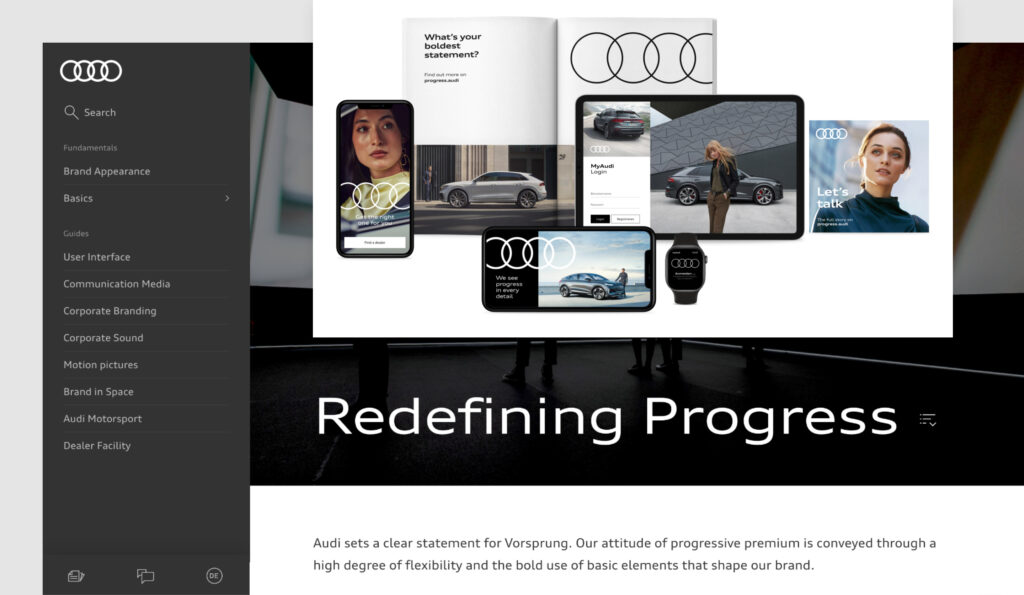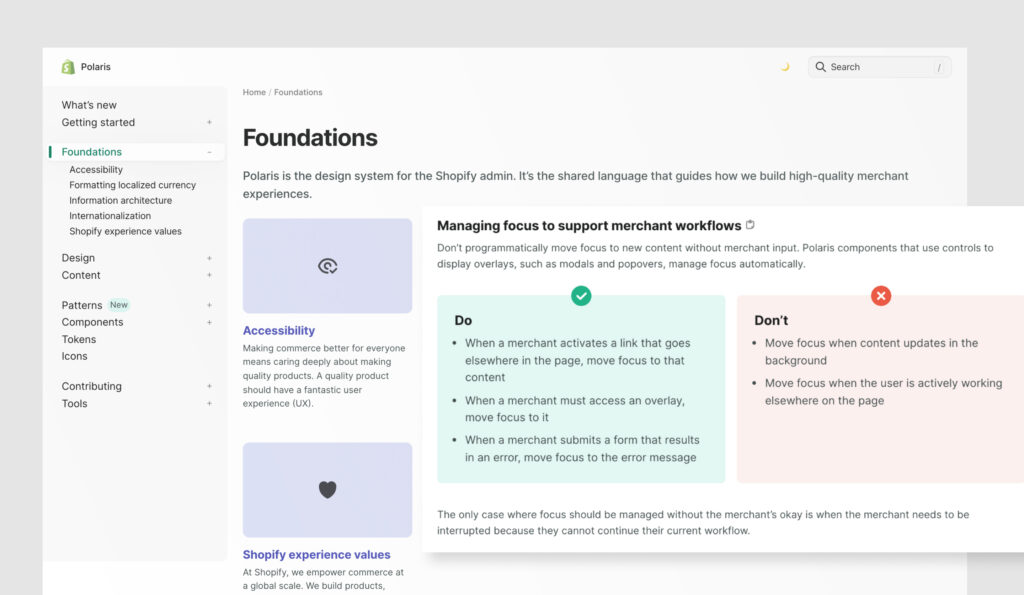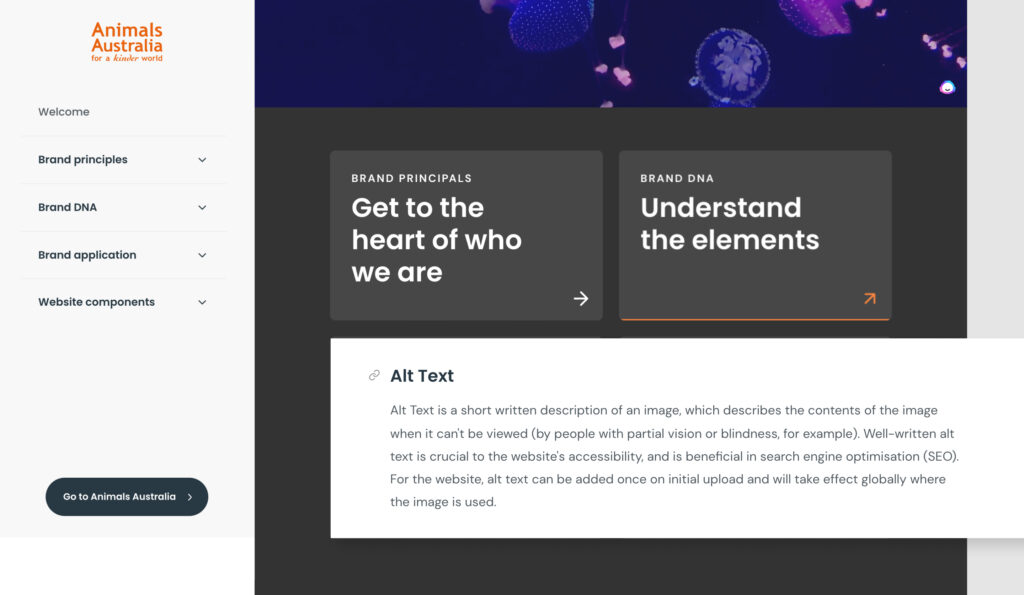- |
- |

If you’re considering implementing a design system, you’re likely aware they offer consistency and efficiency at scale.
These benefits are well documented. In fact, they’re often the two key drivers behind the decision to adopt a design system in the first place.
In many cases, teams will implement a design system to formalise the way they approach brand and design language. With the right ingredients, the system will minimise wastage and variance in output when assets are produced by multiple teams at scale.
But it doesn’t end there.
There are many more additional—and perhaps unexpected—organisational benefits that add value far beyond ‘on-the-tools’ implementation.
1. Retain intellectual property within your organisation, protect against ‘key person risk’, and help with on-boarding new team members.
We’ve likely all experienced similar scenarios.
- “Is this on brand?”… “Hmm, better check with Sophie.”
- “What are our system fonts again, Sophie?”
- “Hey Soph—do we ever use black and white imagery in campaign emails?”
And then Soph leaves the team.
Without documentation of best practice and brand applications, there’s always the lingering risk of losing intellectual or procedural capital when there are personnel changes in the team.
This is because, without a formalised design system, critical knowledge stays with individual team members.
When you have a design system in place, there is no risk of knowledge staying with a few key people.
To be effective, design systems must be inherently transparent and universally accessible. Some organisations even make their design systems publicly accessible, like Audi.

A design system doesn’t have to be publicly available, but it does need to be freely accessible for everyone in your team. Everyone needs to understand the importance of your guidelines and have quick, easy access to information about design conventions in order to uphold them.
Implemented and maintained appropriately, a design system will ensure more people are empowered with clear, explicit, and descriptive guidelines.
While this significantly lessens the disruption that can arise when key people leave, it also makes it far easier to maintain continuity when new team members arrive.
With descriptive guidelines in place—supported by clear rationale highlighting the importance of those guidelines—there’s no ambiguity about design language or brand application.
As a result, new team members can get up to speed quickly and hit the ground running.
2. Improve brand and digital literacy across your broader team.
A rising tide lifts all boats.
Providing guidelines for a range of technical considerations like accessibility—which are universally visible to everyone in the team—creates a scenario where more team members are mindful of these considerations in their daily roles.
Shopify’s design system, Polaris, includes an entire section to ensure accessible design and development practice is factored into everything they build.

Similarly, Animals Australia’s design system, called Habitat, includes guidelines for writing alt text for images.

Alt text is an accessibility consideration that describes the appearance or function of images throughout website content. It provides descriptive signals for people using assistive technologies like screen readers (typically people with blindness or low vision), so they can understand the content and intent of imagery.
Being able to highlight common conventions for alt text means more people in the team are likely to understand what it is and why it’s important. And thus, far more likely to implement alt text when creating website content.
Without these shared visible conventions, there’s a greater chance people may not be mindful of alt text at all.
This is a relatively minor example. But when you have many of these techniques and considerations documented throughout the design system (like requirements for optimising images, conventions for interaction and animation styles, grids and spacing for design layout, best-practice tips for creating emails) your teams—and their output—will be infinitely better.
3. Free up senior team members to focus on more strategic, high level marketing work.
The most senior and experienced minds in your organisation are better deployed on marketing, rather than in marketing.
These team members should spend time doing things like:
- Exploring new initiatives, platforms or channels to engage.
- Looking for ways to improve connections with new or established audiences.
- Contributing to strategic direction, like the types of social or community issues that may be relevant for digital advocacy campaigns.
- Considering new macro level processes to improve the output of teams (like the decision to develop and implement a design system, for example).
Without the right structures or guidelines in place, these senior team members can be caught up in work that is equally important, but less commensurate with their skillset. This includes:
- Reviewing work to assess whether it aligns with brand and marketing objectives.
- Providing feedback or rationale to reiterate the fundamental objectives of the brand.
With the right guidelines in place, design systems can do some of this heavy lifting by highlighting best practice via a single source of truth for multiple teams.
They can also provide conceptual rigour that makes feedback less ambiguous. In other words, you can point to an established set of guidelines to determine whether something aligns with the brand.
A noted example of this second point is the six key pillars of Steve Jobs’ design philosophy.
The six key pillars of Steve Jobs’ design philosophy.
The pillars that Jobs’ used to inform Apple’s design approach were:
- Craft above all: involving meticulous attention to detail and consideration of every aspect of whatever is being created.
- Empathy: any process or interface should empathise with the needs and goals of the user, in order to preempt and align closely with their needs.
- Focus: find ways to pare things back and eliminate anything that can be deemed unnecessary.
- Impute: be mindful of the signals conveyed by the product. This excerpt from a company-wide memo articulates the value: “we may have the best product, the highest quality and the most useful software. But if we present them in a slipshod manner, they will be perceived as slipshod. If we present them in a creative, professional manner, we will impute the desired qualities.”
- Friendliness: high-tech devices can be friendly and approachable, and should equally appeal to people who are not ‘technologically inclined’.
- Find simplicity for the future in metaphors from the past: In order for things to be simple and easy to use, they should be based on things that people already understand.
By documenting these pillars and making them available for everyone in the team, Jobs inevitably spent less time articulating his vision for the brand and more time delivering it.
These were the known and accepted conventions that defined Apple products. Any proposed design that contravened these principles was unlikely to be approved.
As he didn’t have to continuously provide the same feedback—because the baseline output of the team defaulted to align more closely with his vision—Jobs was freed to work on higher level priorities for Apple.
A good design system will empower your team and improve your organisation.
With the right elements and processes in place, a design system can have significant impact: both for the team who use it daily and the wider organisation as a whole.
Design systems can act as an acute remedy, adding immediate structure, consistency and efficiency to environments that lack formalised design conventions.
But they can also remedy more chronic organisational challenges, by helping to:
- Minimise the impact of staff turnover in marketing and creative teams.
- Promote higher standards and skill development for ancillary team members.
- Contribute to more appropriate resource allocation.
Over time, the impact of these two-tier positives can be substantial. If you’re on the cusp of implementing a design system, expect the unexpected benefits.
More Articles
Up for some more?
Get your monthly fix of August happenings and our curated Super8 delivered straight to your inbox.
Thanks for signing up.
Stay tuned, the next one isn't far away.
Return to the blog.
